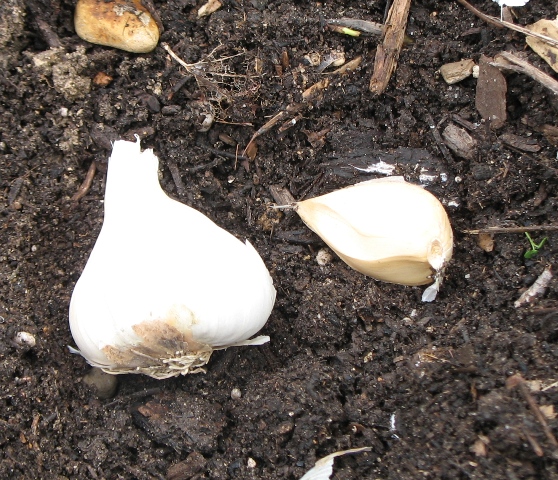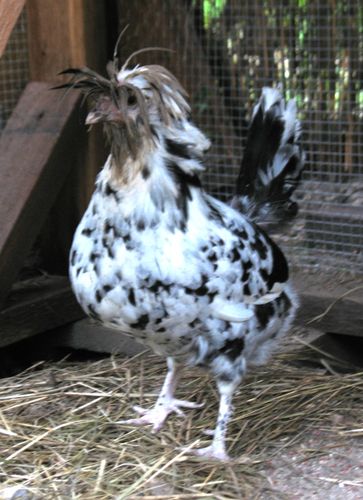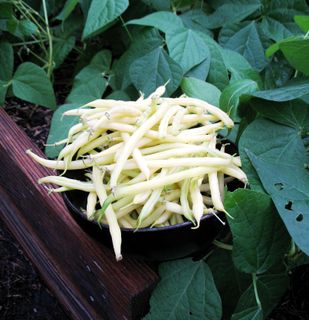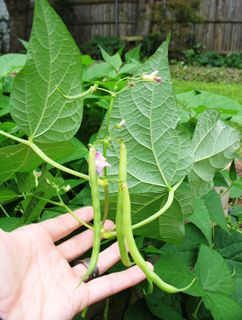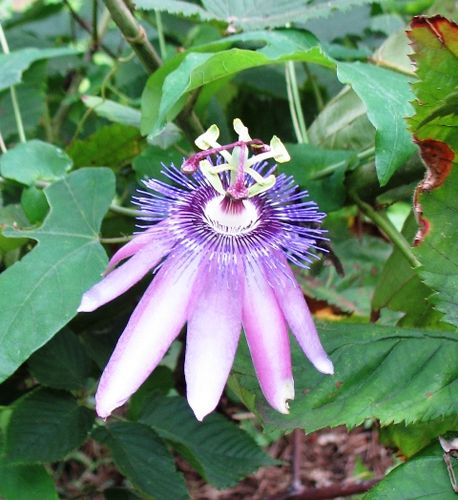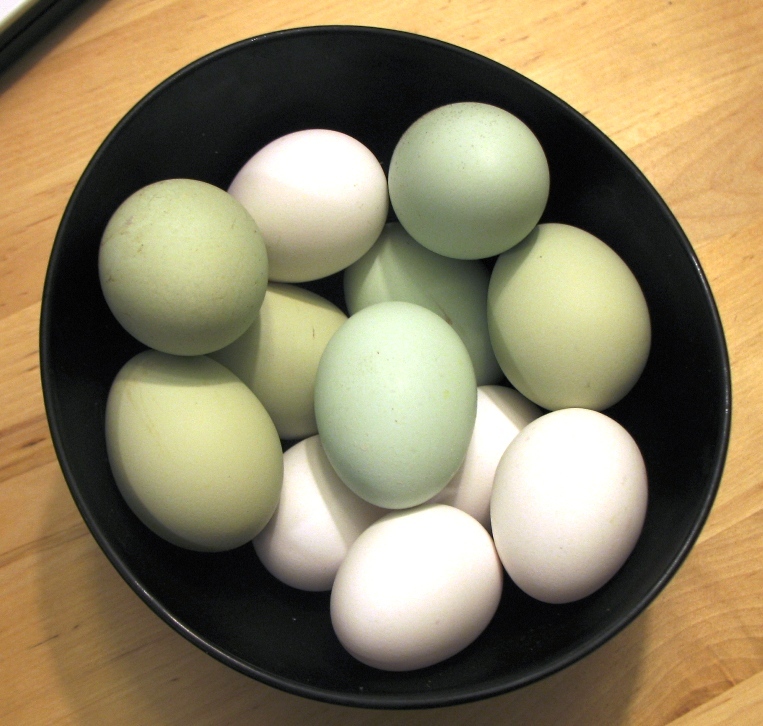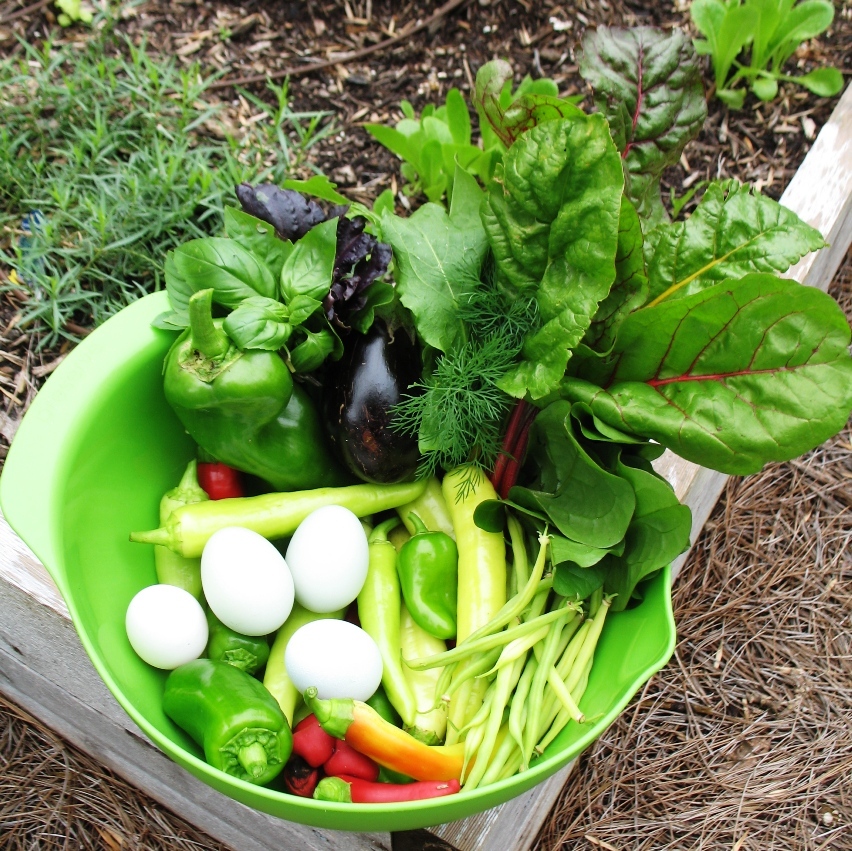Going to Peru…
October 21, 2009
So, have I told you guys I'm going to Peru in December? Well, I am! My best friend Kimberly and I are going to trek around in the Amazon jungle near Iquitos, Peru for a couple of weeks. We will be staying and studying with some native shamans. Very exciting.
This is where we will be...
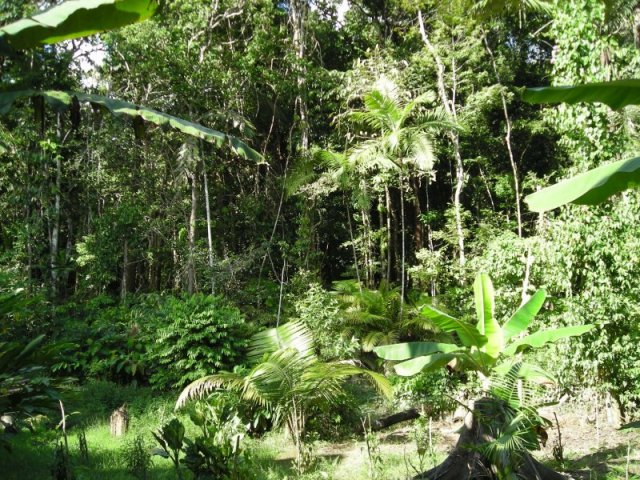
This is where we'll swim...and hope the piranhas don't eat our toes..lol

I (not Kimberly, lol) will be looking for these...and some bigger ones!

And these...awwww

And of course studying all sorts of fabulous plants...
Can't wait to go...but for now I have to be satisfied with the ache in my arms from the 5 shots I got to day...owwwww. Still a couple more to go. My poor, poor guns! At least they gave me cute band aids, lol.

I'll keep you guys posted and hope to have some wonderful photos to share upon my return.


